Here’s what the Kuota poetry form is:
The kouta is a brief Japanese verse form, usually consisting of four lines but sometimes five, that tends to celebrate the average person’s everyday life in song.
It seems to have been at its most popular during the Muromachi era (roughly the 14th-16th centuries), but it still sees use in modern Japan.
So if you want to learn all about the Kuota poetry type, then you’ve come to the right place.
Keep reading!
- Choka Poetry Form: Channel Amorous Emotions
- Somonka Poetry Form: Enchant With Love Notes
- Katuata Poetry Form: Sear Hearts With Verse
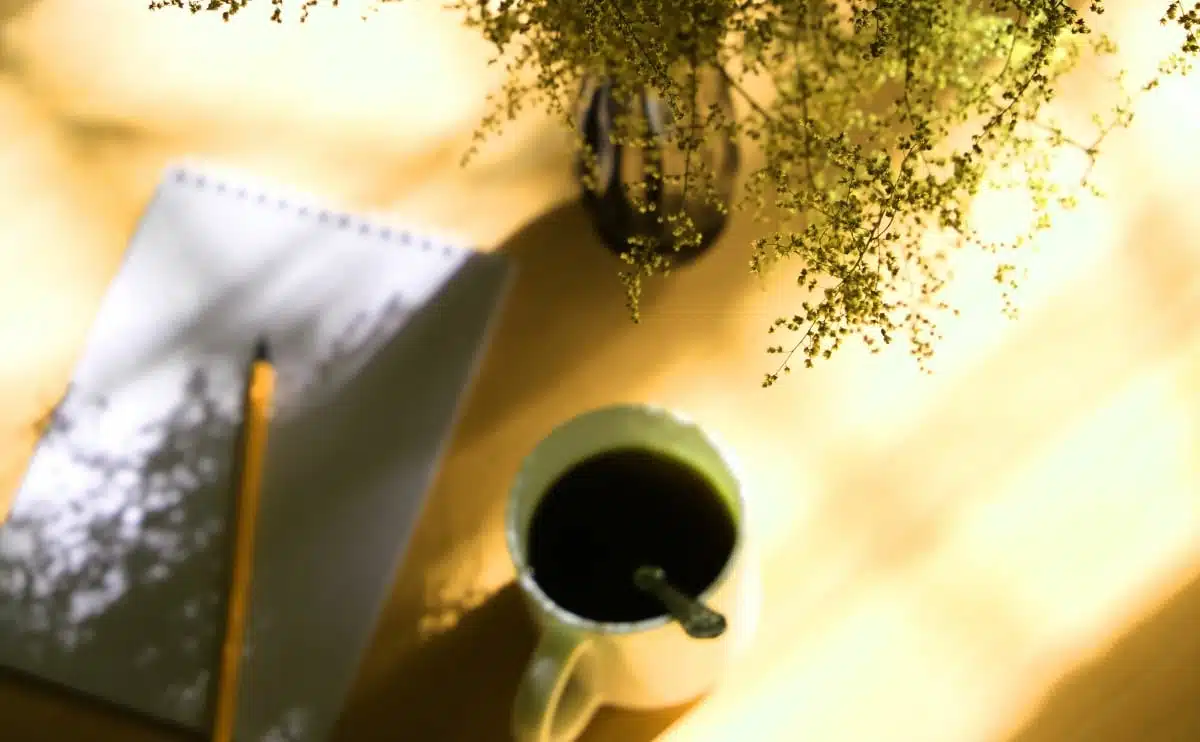
Forms of Poetry: The Kouta
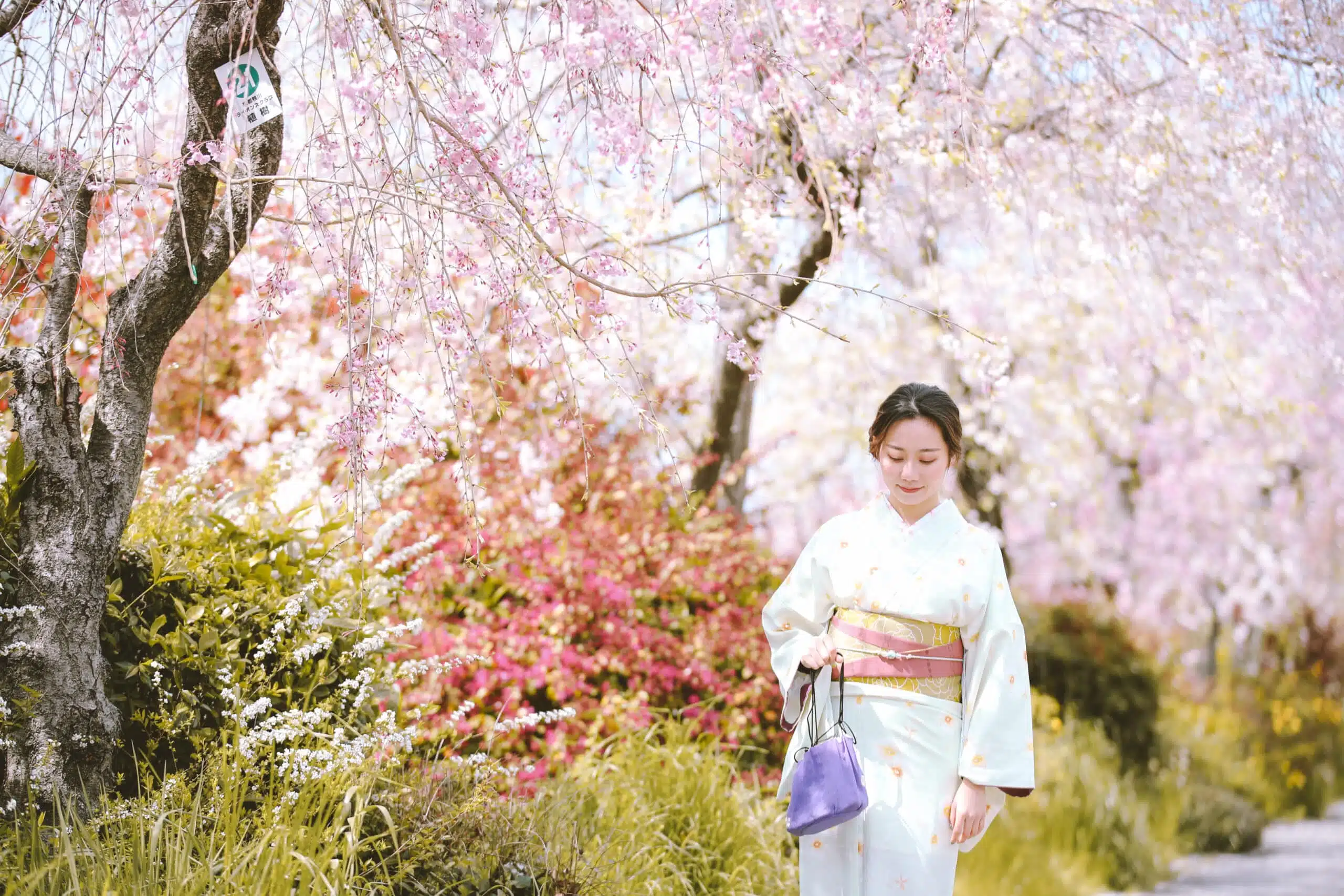
The kouta is a short Japanese verse form that was popular during the Muromachi era, a division of Japanese history running from the early 1300s to the late 1500s.
It was eventually reborn as a geisha song in the 1800s and retained its newfound popularity in Japan to this day.
A kouta is usually a quatrain, though a fifth line is occasionally added to the form. Each verse is a stand-alone poem, but they will typically appear alongside more koutas that share the same theme.
Whereas many Japanese poems are renowned for their ambition and beauty, the kouta is a very humble form that usually touches on everyday topics.
This form isn’t especially well-known in English and has sparse documentation translated about it, so you should go into this article knowing that it was only able to draw from a limited number of sources.
As such, this information is not as accurate as what you could get from a firsthand source written in Japanese.
Basic Properties of a Kouta

| Rhyme Structure | None |
| Meter | Unmetered |
| Origin | Japan |
| Popularity | Still popular in Japan but sees very little exposure in western culture |
| Theme | Traditionally about relatable everyday topics. Love and work are popular themes. |
How Is a Kouta Structured?
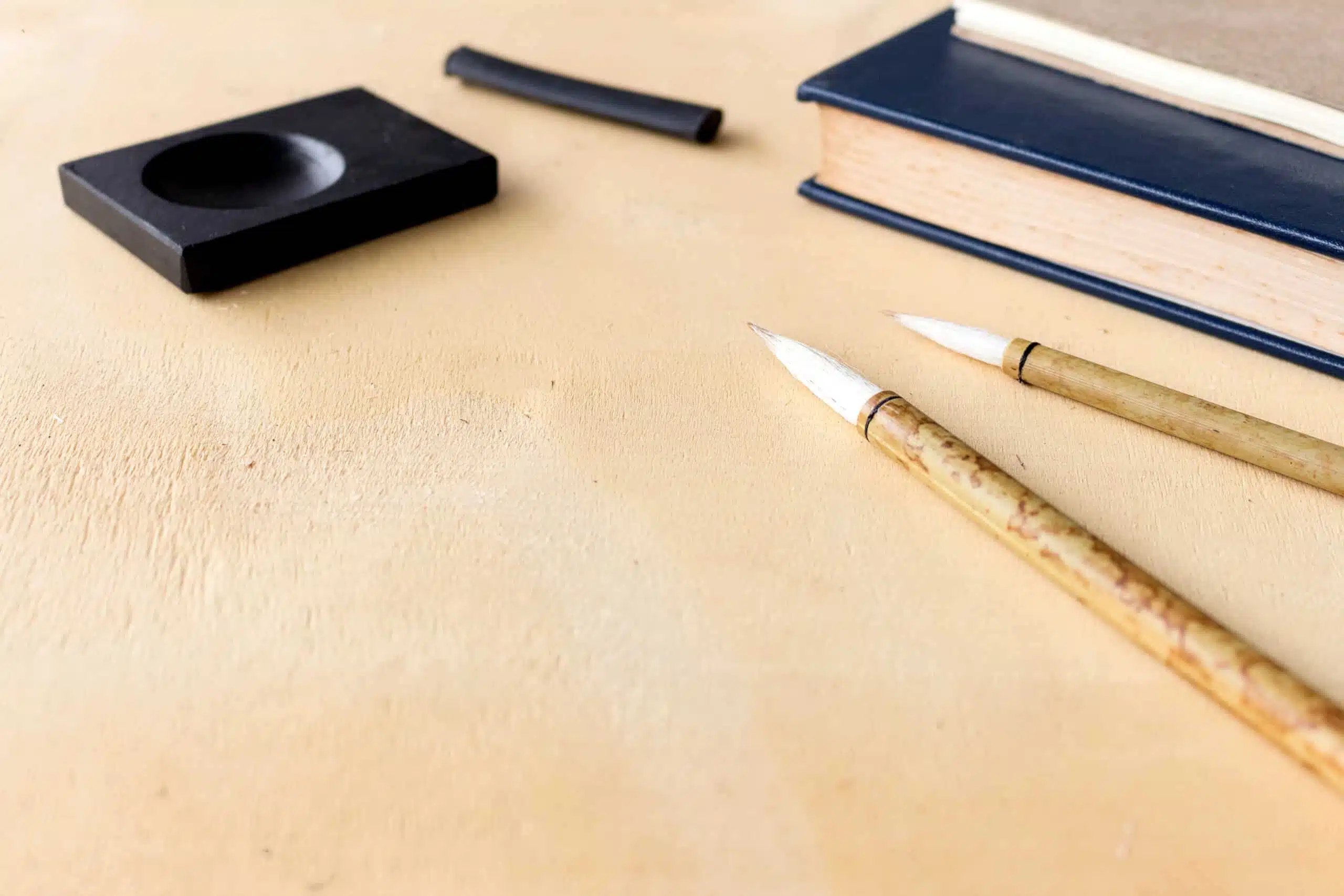
Koutas use odd-numbered syllable lengths, usually as some combination of five-syllable and seven-syllable lines.
The most common variants seem to be 7/5/7/5 and 7/7/7/5, though these are only two possible variations.
Japanese poems have a tendency to favor line lengths of five and seven, so this in and of itself isn’t especially unusual.
What is unusual is the theming of the poem.
The kouta commonly references mundane and personal moments in everyday life.
Most westerners think of Japanese poetry as always being deep, reflective, and scholarly, but the kouta is specifically aimed at being a relatable poem.
Colloquialisms and onomatopoeia are common occurrences in a kouta.
The form’s association with geishas led to it’s history becoming inextricably tied to love songs, but a kouta does not need to be romantic.
Koutas were originally meant to be sung out loud, like many other old forms of poetry.
Techniques like assonance and consonance would fit right in with the form, but they aren’t exactly necessary.
There is no rhyme scheme or western meter associated with the kouta.
Like other Japanese forms, the westernized version of the form is significantly easier than most traditional English forms, due to the freedom of expression that the poem allows for.
Example of a Kuota
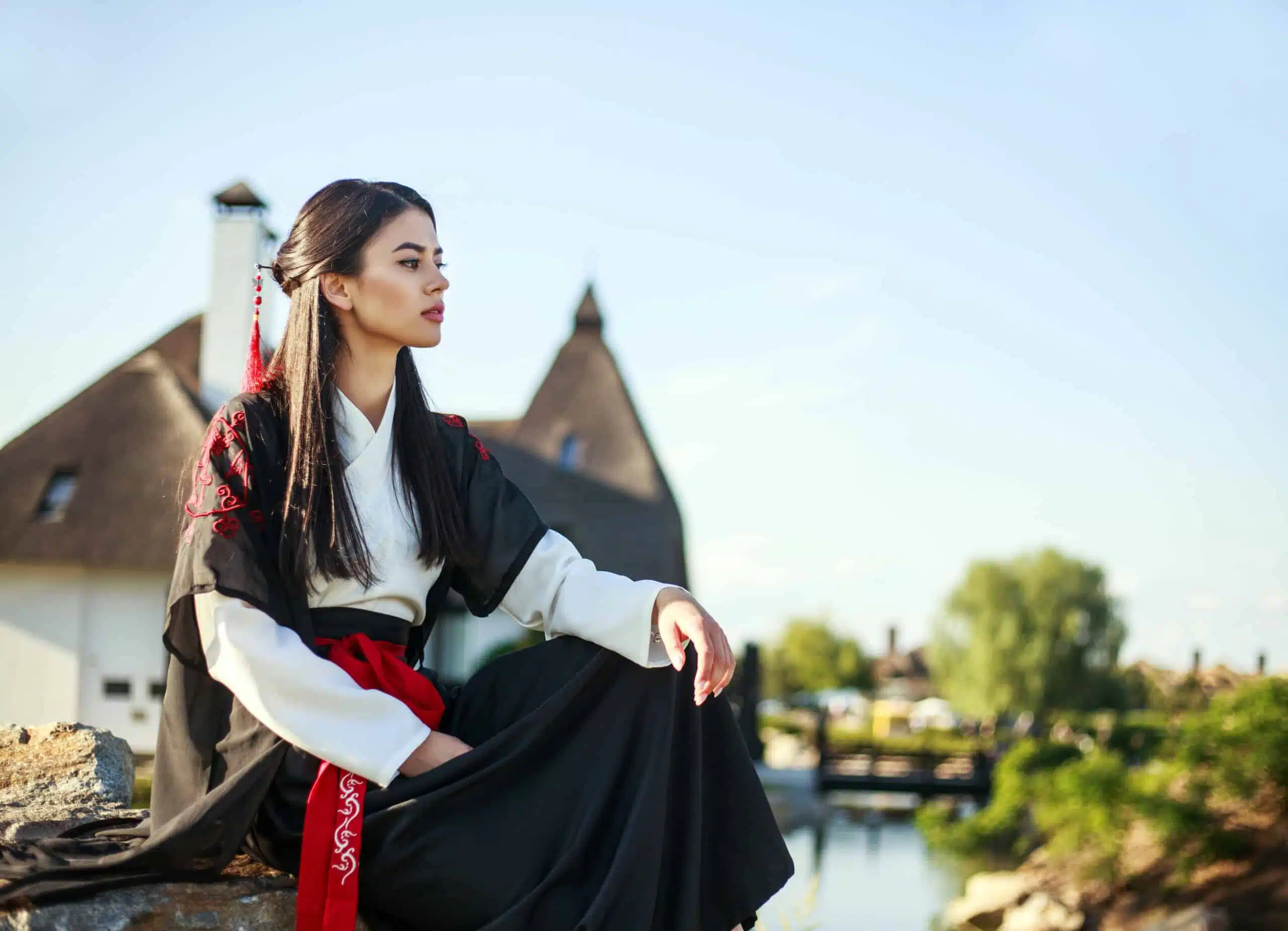
My head pounds away
always eager to displease me
but I struggle on
because work awaits my fingers.
This storm in my mind screams, scrapes,
shrieks in a thousand old tongues.
I fail to decipher it
but fear it’s loud wrath.
A headache whispers
sometimes softly but
when it sees an opening
it wails like a fat baby
crying out for milk.
Above are three different koutas, though they are treated as one set.
The theme of this set, if it isn’t obvious, is a headache.
Each one has a different syllabic structure, as 5/7/5/7, 7/7/7/5, and 5/5/7/7/5 respectively.
Take note that the last one has an added line.
While rare, this is allowed.
Additionally, you’ll notice plenty of onomatopoeia throughout the poems. Words like the pound, scrape, and wail creates vivid moments for the listener to hang on to.
Onomatopoeia is useful for poems that will be read aloud because it allows the poet to weave a sound from the story directly into the text.
Tips for Writing a Kouta
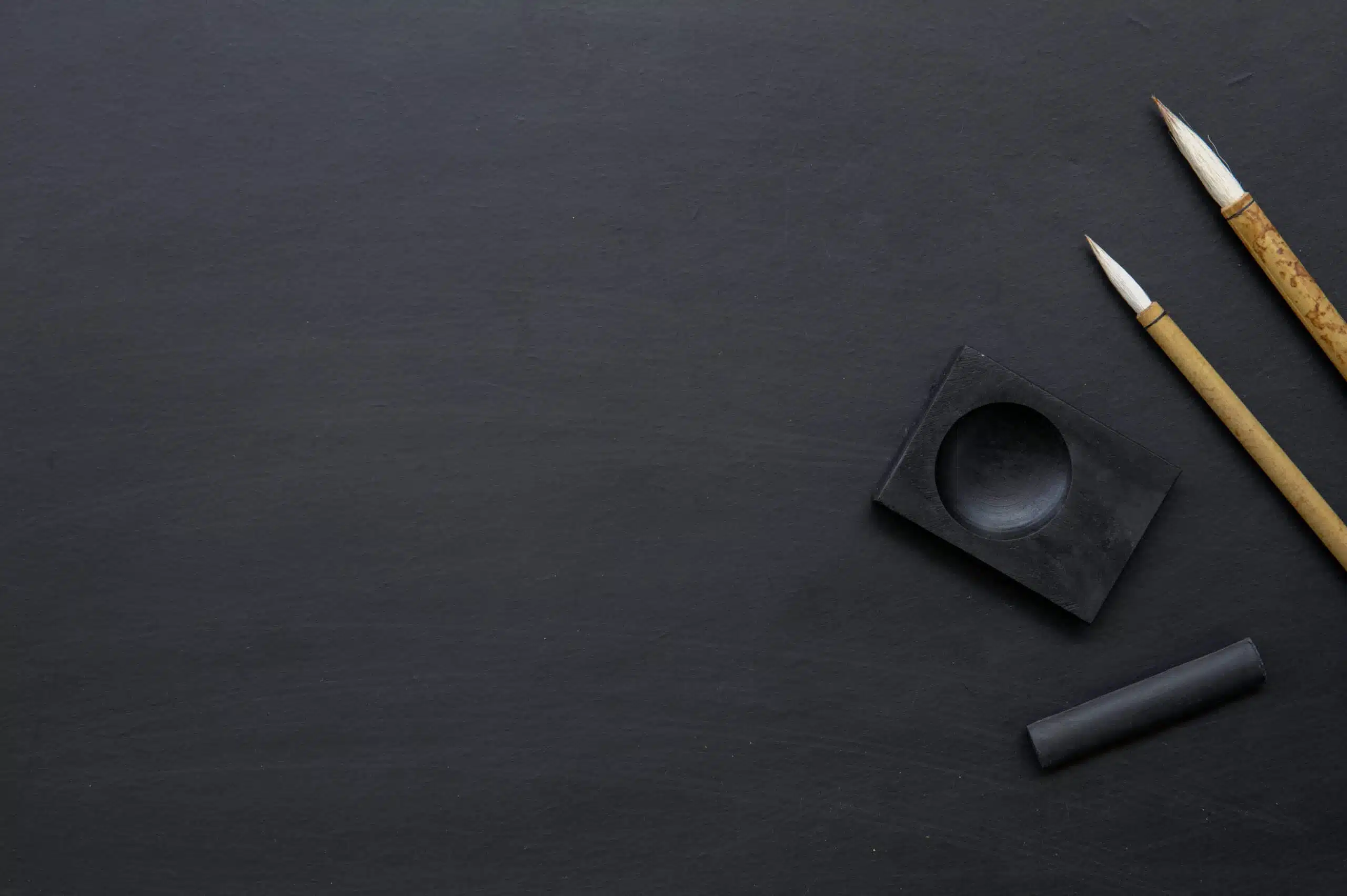
The version of the kouta we know of in the west is relatively easy to write, as far as forms go.
While the odd numbers of syllables may initially throw you off, you’ll find yourself getting used to them rather quickly.
Do try to take advantage of short words that stand alone well, since the lines are a bit short by English standards.
You may want to avoid using too many adverbs and adjectives.
Each individual kouta is very short, so you’ll find yourself with less and less space if you use flowery, decorative language instead of clear, concise phrasing.
As for choosing a theme, that’s really up to you.
Make sure it’s something relatable, though, since that’s the main appeal of the form.
The poem should appeal to a wide audience and feel like it was written to celebrate the struggles of the average everyday person.
Remember when writing koutas that they do not have multiple verses.
It’s easy to get this mixed up since you may see them on the page and assume there’s no difference, but this means that any information in one verse is irrelevant to the next verse.
A listener should be able to jump in at any point and not get lost, because each individual verse is independent.
As an example, let’s say that the first kouta in a set is about a woman who can’t stop crying.
The second kouta can’t just pick up where that poem left off and start explaining why she’s crying, because that poem has ended.
The woman who was crying no longer exists. Each kouta is completely cut off from previous (and subsequent) poems in the set.
Poet’s Note
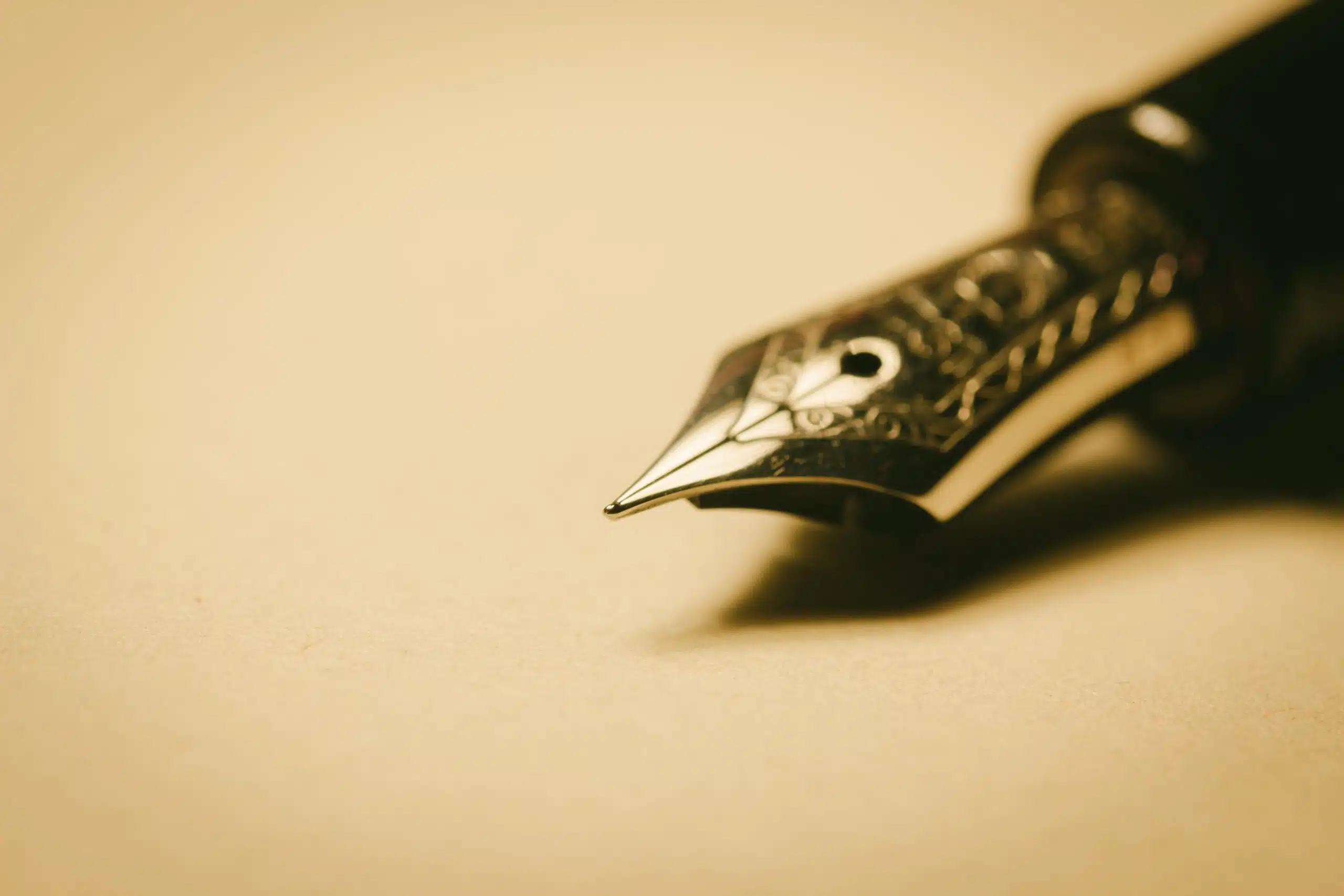
Another day, another form that barely has any mentions in English.
I suppose I should just be grateful that these forms are being translated at all, but it really is amazing how many forms are only known in English because of Robin Skelton’s The Shapes of Our Singing.
The obvious downside to this is that if anyone documenting these forms gets something wrong it will likely be copied ad nauseam until everyone is wrong.
But no pressure, right?
Comprehensive Collection of Poetry Forms: Craft Words Into Art
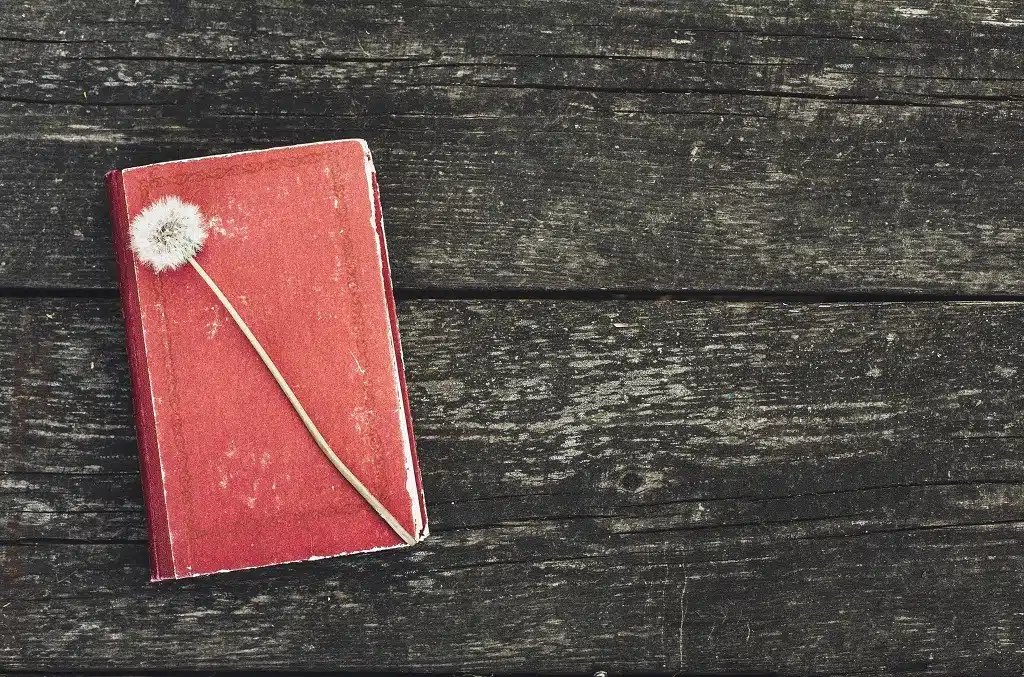
Dare to traverse the entire spectrum of poetic forms, from the commonplace to the extraordinary?
Venture from the quintessential Sonnet to the elusive Mistress Bradstreet stanza, right through to the daunting complexity of Cro Cumaisc Etir Casbairdni Ocus Lethrannaigecht.
For those with a zeal to encounter the full breadth of poetry’s forms, this invitation is yours.
Start exploring the vast universe of poetic ingenuity with our comprehensive array of poetry forms right now!
